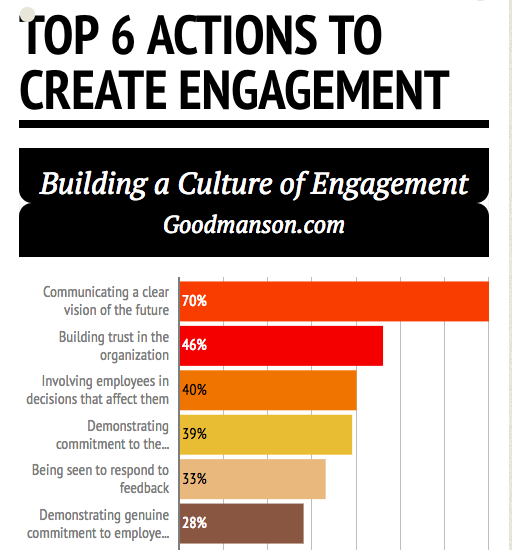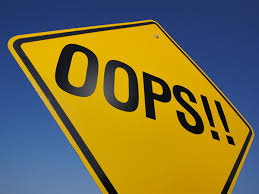[This is a reflection on my San Diego Reader Column where I visited a different church each week for 2005 and part of 2004.]
I imagine in most American churches, there is very little variance in how church service is done. Yes, there are high liturgical services such as the Eastern Orthodox and low ones at Calvary Chapels and many other non-denominational churches, but the similarities seem more in-common than not. Growing up, I always assumed the church I attended did ‘church services’ (the gathering of the saints to worship) the right way. But now that I’ve been exposed to dozens of different churches it made me question what part of our church service needs to be re-thought as we’ve moved beyond the Bible to traditionalism? Here are a few variations that I found interesting when I visited diff’t churches:
1. Incense & Liturgy
One comment that did strike me from the Eastern Orthodox churches is the description of how God is worshipped. A particular belief that worship should include the use of incense. They argue: Incense was offered along with every meat-offering; and besides was daily offered on the golden altar in the holy place, and on the great Day of Atonement was burnt by the high priest in the holy of holies (30:7,8). It was the symbol of prayer (Psalms 141:1,2; Revelation 5:8; 8:3,4).
It seems there is a growing sense of desire for sacred and liturgy….a further rejection of the modernism that represents the mainstream church today.
I read a recent post by Anthony Bradley (World Magazine):
As The Boomers (1946-1964) Turn 60 Perhaps New Churches Will Reconnect With Tradition
As the anti-tradition generation, the baby boomer, stripped-down “contemporary” worship-style church nearly robbed an entire younger generation of younger Jesus followers of good tradition and ritual.
“Boomer churches removed the last remaining symbols, images, and rituals from the church as they built new suburban churches that reflected the corporate culture of affluent functionality. They built churches for one cultural subtype of Boomer, the suburban consumer of religion who is also a corporate acheiver in his or her vocational life. This corresponded to a gospel of personal fulfillment and megachurch identification.”
–Eddie Gibbs and Ryan Bolger, p. 21, Emerging Churches.
Wow!! Many boomers are still trying to figure out why their kids are becoming Catholic, Orthodox, and Anglican. In a culture of divorce and with families that move around a lot some sense of tradition and being rooted in something larger than one’s self becomes extremely important. Extremely. The church becomes that place for many people.
2. The Biblical Model for Church Services?
Another church group insisted the order of service follow the Biblical model presented in 1 Cor. 14:26-40. There was no ‘preacher’ but throughout the service (and Jewish dancing) different men (no women) read a passage and spoke 2-5 minutes about it.
3. How often should communion be served?
I’m biased, in that I love that every service we serve communion. And not those tiny thimbles of grape juice. As we complete a sermon, we always go back to Jesus Christ and the gospel and remind people the symbol of communion. (yes, we don’t hold to transubstantiation ) We form two lines and rip a piece of bread (not unleven) and dip it either into wine or juice. This experience is sacred for me and I look forward to it each week when we gather as a church. (1 Cor. 11:20 Therefore when you come together in one place, it is not to eat the LordÄôs Supper.)
We are an exception in Protestantism. Many churches serve communion monthly, quarterly or even yearly! (One church had both communion each week and a ‘fruit of the vine’ cup where they differed the drink offered in Matt 26:27 and Matt 26:29.)
QUESTIONS: Are all of these preferences? Is there one way or is it up to the local church? What should a church service look like and why?

